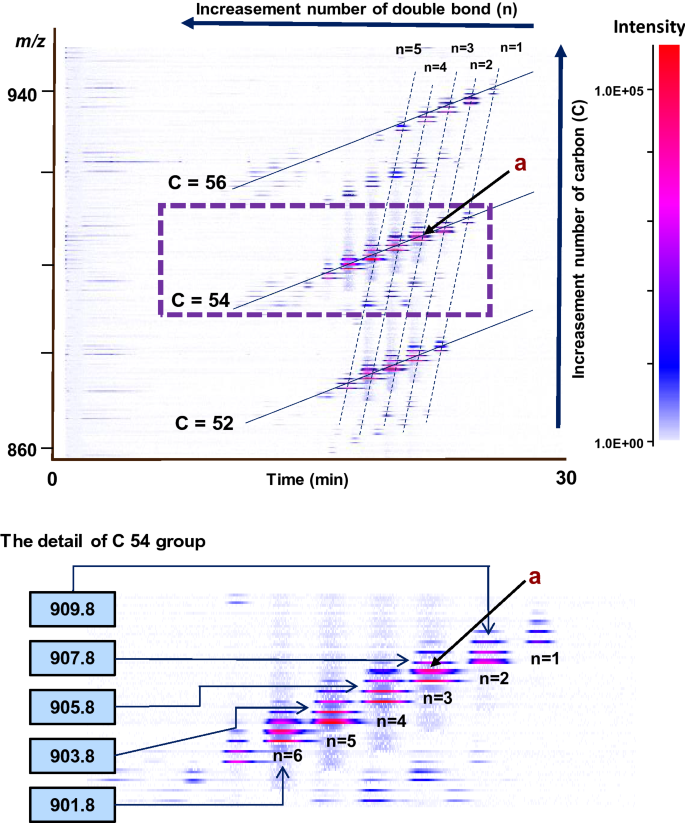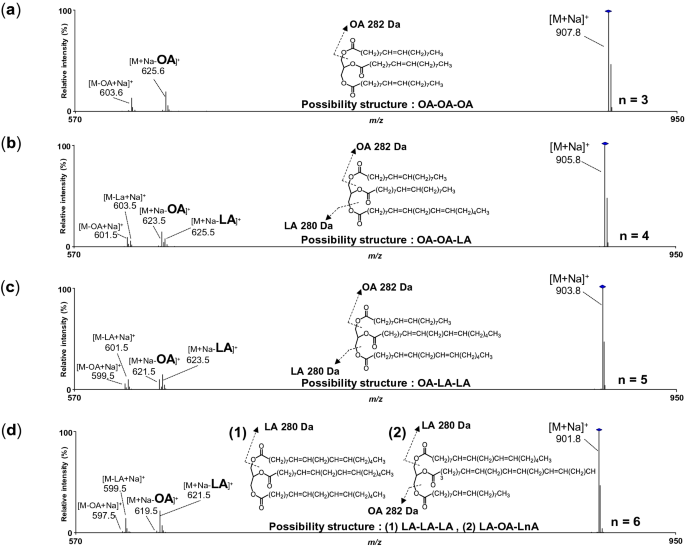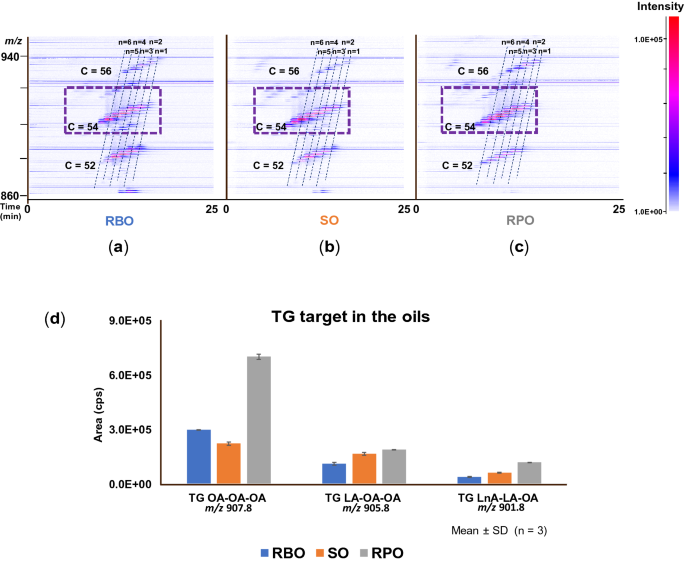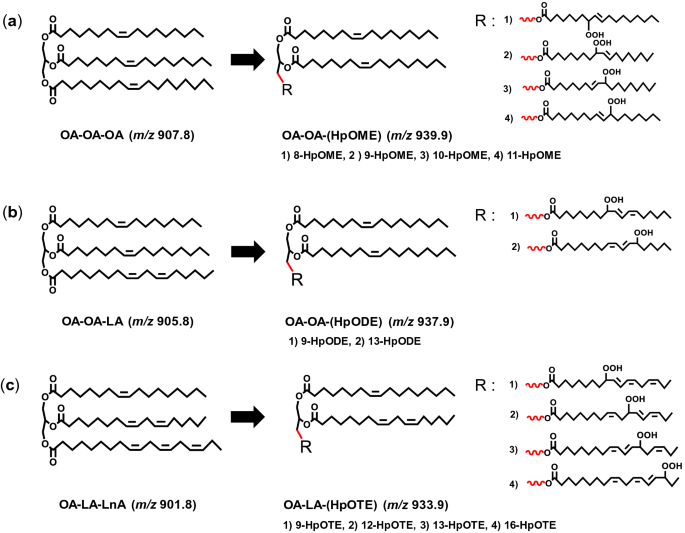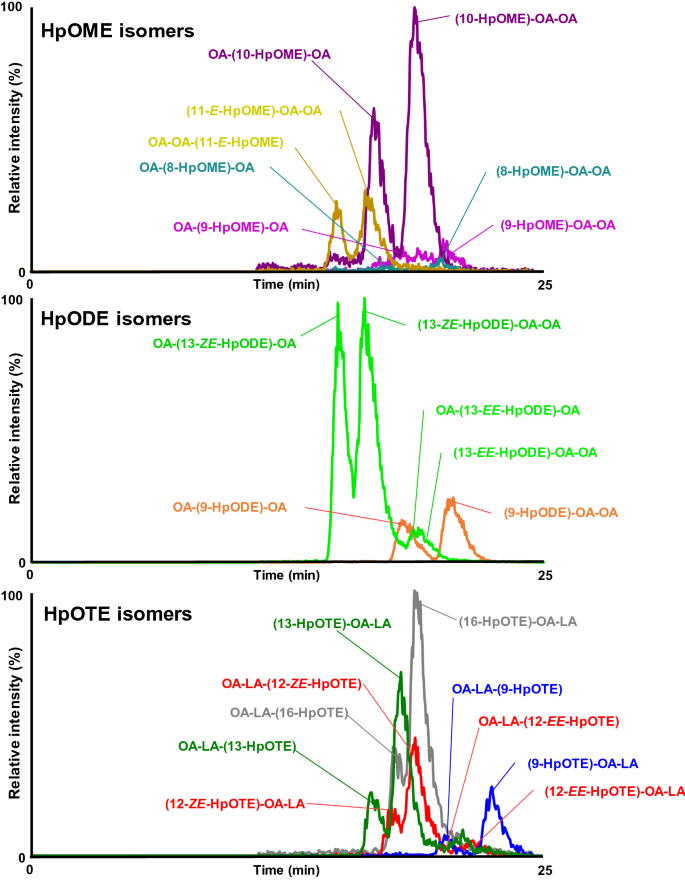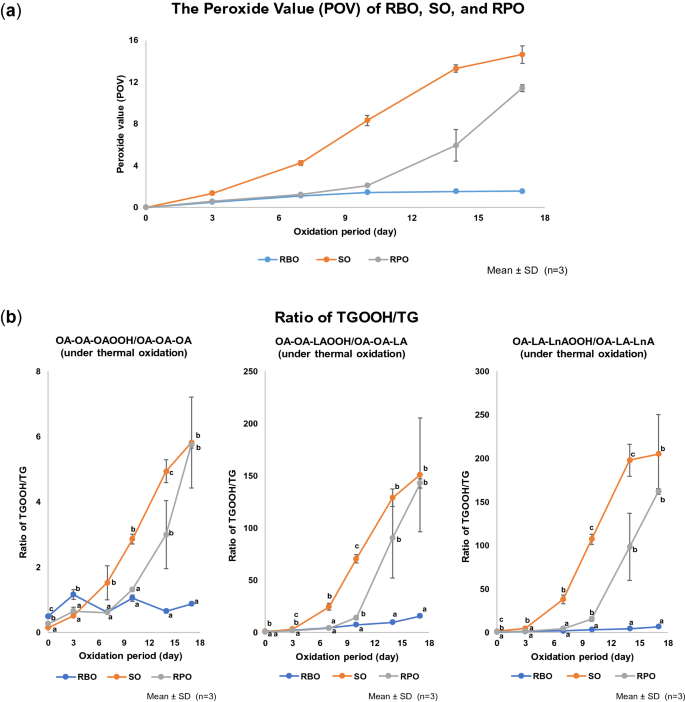” Rice Noodles Market 2020: Latest
Analysis”
Chicago, United States:- The report titled Global Rice Noodles Market is one of the most
comprehensive and important additions to Report Hive Research’s archive of
market research studies. It offers detailed research and analysis of key
aspects of the global Rice Noodles market. The market analysts authoring this
report have provided in-depth information on leading growth drivers,
restraints, challenges, trends, and opportunities to offer a complete analysis
of the global Rice Noodles market. Market participants can use the analysis on
market dynamics to plan effective growth strategies and prepare for future
challenges beforehand. Each trend of the global Rice Noodles market is
carefully analyzed and researched about by the market analysts. The market
analysts and researchers have done extensive analysis of the global Rice
Noodles market with the help of research methodologies such as PESTLE and
Porter’s Five Forces analysis. They have provided accurate and reliable market
data and useful recommendations with an aim to help the players gain an insight
into the overall present and future market scenario. The Rice Noodles report
comprises in-depth study of the potential segments including product type,
application, and end user and their contribution to the overall market size.
Global Rice Noodles Market report
offers a detailed Outlook and future prospects of the Industry. The Rice
Noodles Market report includes various topics like market size & share,
Product types, applications, key market drivers & restraints, challenges,
growth opportunities, key players, competitive landscape.
Top Players of Rice Noodles
Market are Studied: Ng Fung, Jiangxi Huadachang Foods,
SYTang, Lieng Tong, Thai Preserved Food Factory, Nong Shim, J.D. Food Products,
Rama Food, Kobayashi Noodle, Eskal Foods, Kilang Bihun Sam Hoe, Leong Guan Food
Manufacturer, Ying Yong Food Products, Nature’s Soy
Download Free Sample PDF
(including full TOC, Tables, and Figures) of Rice Noodles Market Research
2020-2026:- @
Competitive landscape is a
critical aspect every key player needs to be familiar with. The report throws
light on the competitive scenario of the global Rice Noodles market to know the
competition at both the domestic and global levels. Market experts have also
offered the outline of every leading player of the global Rice Noodles market,
considering the key aspects such as areas of operation, production, and product
portfolio. Additionally, companies in the report are studied based on the key
factors such as company size, market share, market growth, revenue, production
volume, and profits.
NOTE:Due to the pandemic, we have
included a special section on the Impact of COVID 19 on the Rice Noodles Market
which would mention How the Covid-19 is Affecting the Rice Noodles Industry,
Market Trends and Potential Opportunities in the COVID-19 Landscape, Covid-19
Impact on Key Regions and Proposal for Rice Noodles Players to Combat Covid-19
Impact.
Our exploration specialists
acutely ascertain the significant aspects of the global Rice Noodles market
report. It also provides an in-depth valuation in regards to the future
advancements relying on the past data and present circumstance of Rice Noodles
market situation. In this Rice Noodles report, we have investigated the
principals, players in the market, geological regions, product type, and market
end-client applications. The global Rice Noodles report comprises of primary
and secondary data which is exemplified in the form of pie outlines, Rice
Noodles tables, analytical figures, and reference diagrams. The Rice Noodles
report is presented in an efficient way that involves basic dialect, basic Rice
Noodles outline, agreements, and certain facts as per solace and comprehension.
Segmentation by Application:
Home Usage
Commercial Usage
Segmentation by Type:
Fresh Rice Noodles
Dried Rice Noodles
Instant Rice Noodles
The Essential Content Covered in
the Global Rice Noodles Market Report :
* Top Key Company Profiles.
* Main Business and Rival Information
* SWOT Analysis and PESTEL Analysis
* Production, Sales, Revenue, Price and Gross Margin
* Market Share and Size
Regional Coverage: North America
(United States, Canada and Mexico), Europe (Germany, France, UK, Russia and
Italy), Asia-Pacific (China, Japan, Korea, India and Southeast Asia), South
America (Brazil, Argentina, Colombia etc.), Middle East and Africa (Saudi
Arabia, UAE, Egypt, Nigeria and South Africa)
Some Main Reasons For Purchasing
This Report:
Readers of this report will receive
in-depth knowledge about the market.
Updated statistics offered on the global Rice Noodles market
report.
This report provides an insight into the market that will help
you boost your company’s business and sales activities.
It will help you to find prospective partners and suppliers.
It will assist and strengthen your company’s decision-making
processes.
Get Full Customize report or for
any Special Discount visit@ @ https://www.reporthive.com/request_customization/2382878
Table of Contents
Market Overview: This is the first section of the report that includes an
overview of the scope of products offered in the global Rice Noodles market,
segments by product and application, and market size.
Market Competition by
Player: Here, the report shows how the
competition in the global Rice Noodles market is growing or decreasing based on
deep analysis of market concentrate rate, competitive situations and trends,
expansions, merger and acquisition deals, and other subjects. It also shows how
different companies are progressing in the global Rice Noodles market in terms
of revenue, production, sales, and market share.
Company Profiles and Sales
Data: This part of the report is very
important as it gives statistical as well as other types of analysis of leading
manufacturers in the global Rice Noodles market. It assesses each and every
player studied in the report on the basis of main business, gross margin,
revenue, sales, price, competitors, manufacturing base, product specification,
product application, and product category.
Market Status and Outlook by
Region: The report studies the status and
outlook of different regional markets such as Europe, North America, the MEA,
Asia Pacific, and South America. All of the regional markets researched about
in the report are examined based on price, gross margin, revenue, production,
and sales. Here, the size and CAGR of the regional markets are also provided.
Market by Product: This section carefully analyzes all product segments of the
global Rice Noodles market.
Market by Application: Here, various application segments of the global Rice Noodles
market are taken into account for research study.
Market Forecast: It starts with revenue forecast and then continues with sales,
sales growth rate, and revenue growth rate forecasts of the global Rice Noodles
market. The forecasts are also provided taking into consideration product,
application, and regional segments of the global Rice Noodles market.
Upstream Raw Materials: This section includes industrial chain analysis, manufacturing
cost structure analysis, and key raw materials analysis of the global Rice
Noodles market.
Marketing Strategy Analysis,
Distributors: Here, the research study digs
deep into behavior and other factors of downstream customers, distributors,
development trends of marketing channels, and marketing channels such as
indirect marketing and direct marketing.
Research Findings and
Conclusion: This section is solely dedicated
to the conclusion and findings of the research study on the global Rice Noodles
market.
Appendix: This is the last section of the report that focuses on data
sources, viz. primary and secondary sources, market breakdown and data
triangulation, market size estimation, research programs and design, research
approach and methodology, and the publisher’s disclaimer.
Get Free Sample Copy of this
report: https://www.reporthive.com/request_sample/2382878
Why Go For Report Hive Research?
Report Hive Research delivers strategic market research reports, statistical
surveys, industry analysis and forecast data on products and services, markets
and companies. Our clientele ranges mix of global business leaders, government
organizations, SME’s, individuals and Start-ups, top management consulting
firms, universities, etc. Our library of 700,000 + reports targets high growth
emerging markets in the USA, Europe Middle East, Africa, Asia Pacific covering
industries like IT, Telecom, Semiconductor, Chemical, Healthcare,
Pharmaceutical, Energy and Power, Manufacturing, Automotive and Transportation,
Food and Beverages, etc. This large collection of insightful reports assists
clients to stay ahead of time and competition. We help in business
decision-making on aspects such as market entry strategies, market sizing,
market share analysis, sales and revenue, technology trends, competitive
analysis, product portfolio, and application analysis, etc.
Get in Touch with Us :
Report Hive Research
Website: https://www.reporthive.com
Email: sales@reporthive.com
Speak to Research Analyst: +1-312-604-7084″
Post navigation
Leave a comment.
CRISPaper: Understanding gene-editing through art
By Desiree Ho| AUGUST 25, 2020







